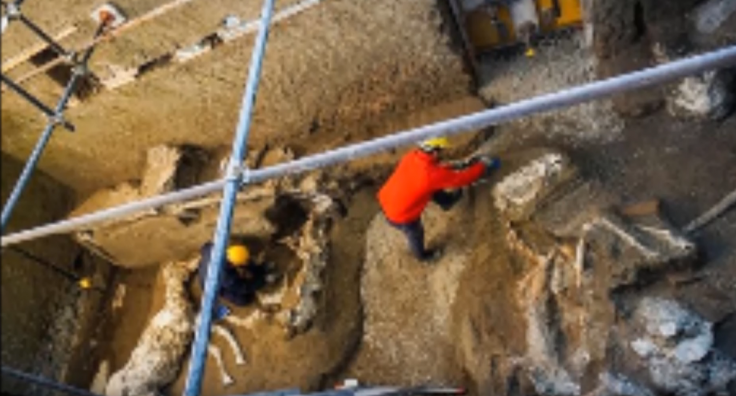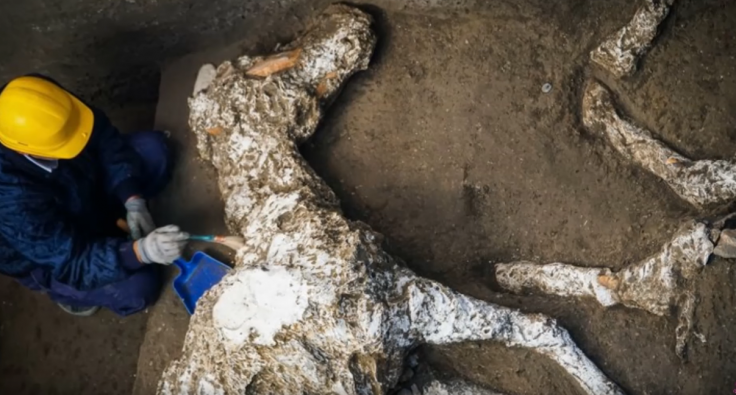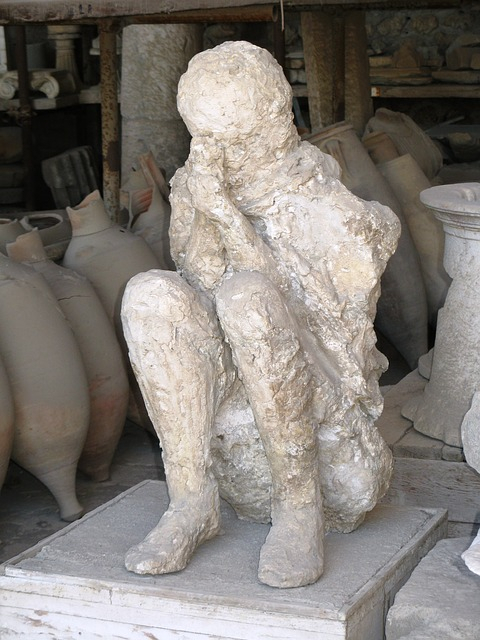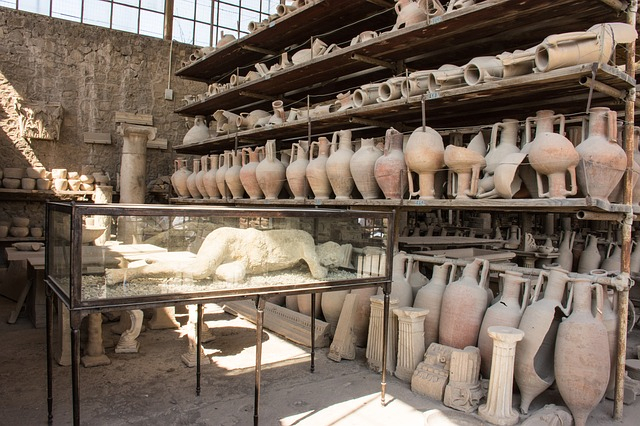
The world knows how the volcanic eruption of Mount Vesuvius in 79 A.D. destroyed an entire city, called Pompeii, which is now known as Naples. Over the years, several archaeologists, palaeontologists dedicated their lives to the research of the human and animal remains in that region. Recently, a group of researchers have discovered the remains of a harnessed horse and saddle in an ancient stable of Pompeii.
Massimo Osanna, the head of Pompeii archaeological park, told the Italian news agency Ansa that the petrified remains were found in the stable of an ancient villa in Pompeii that belonged to a high-ranking military officer, most probably a general.

He also said that archaeologists also unearthed the remains of two or three other horses. The ancient Roman villa's terraces had views of the island of Capri and Bay of Naples.
As per Osanna, it is believed that the horses died due to the suffocation from the volcanic ash or boiling vapours. He also hopes that later the villa would be open for the public visit.
Along with the animals, there were several residents of Pompeii could not find a chance to escape from the disaster and buried beneath tons of volcanic ash and debris.
National Geographic reported that an eyewitness of the volcanic eruption, Pliny the Younger, who watched how the entire city was destroyed from across the Bay of Naples, wrote, "Darkness fell, not the dark of a moonless or cloudy night, but as if the lamp had been put out in a dark room."
In the mid of 18th century, when the site was rediscovered, it became one of the favourites and most attractive place for the archaeologists and palaeontologists.
Steven Ellis, the professor at the University of Cincinnati and the co-director of the Pompeii Archaeological Research Project: Porta Stabia said, "Pompeii as an archaeological site is the longest continually excavated site in the world."











